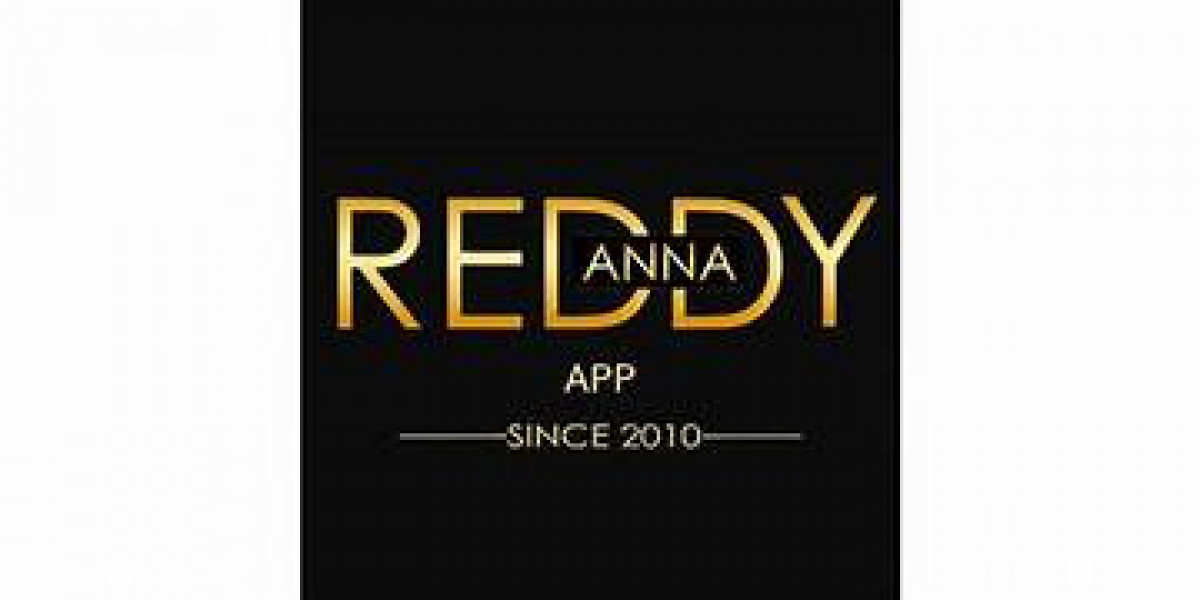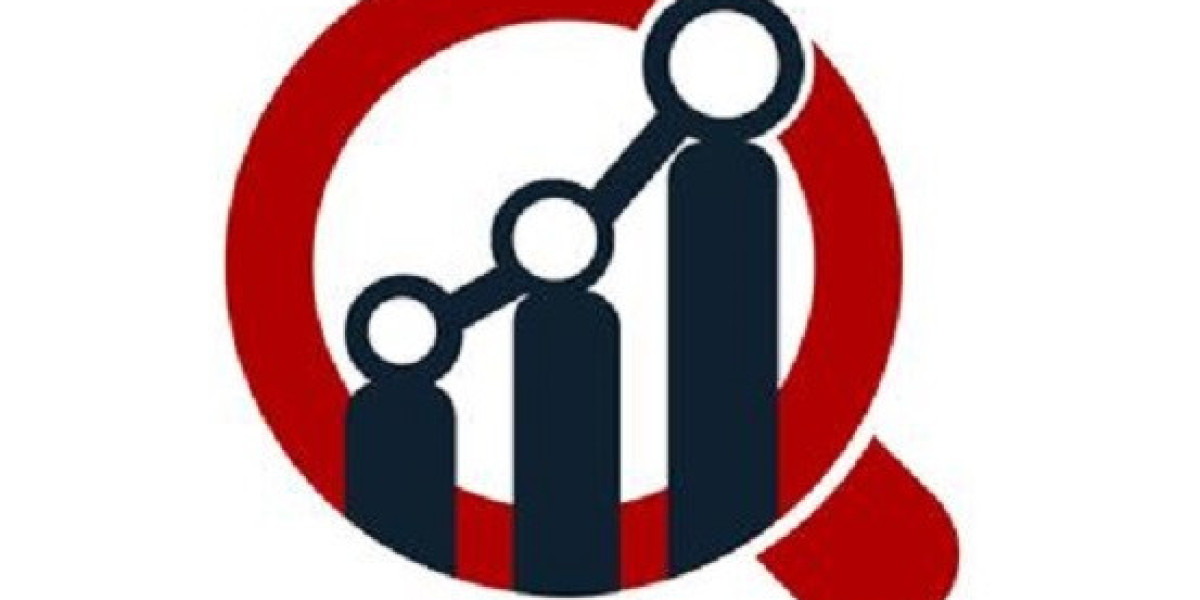Kindergarten is a magical time in a child’s life when curiosity is at its peak, and creativity knows no bounds. For teachers, this is an exciting opportunity to design an Art Lesson Plan for Kindergarten that nurtures young imaginations and fosters a love for artistic expression. At this stage, children are learning the basics of fine motor skills, self-expression, and critical thinking—all through the lens of creativity and fun.
In this blog, we’ll explore how to create a thoughtful Art Lesson Plan for Kindergarten that engages students in meaningful ways, helps them develop important skills, and encourages them to explore the world through art.
Key Elements of a Fun and Effective Art Lesson Plan for Kindergarten
1. Encourage Hands-On Exploration
For young children, art is a sensory experience. Rather than focusing on a "correct" final product, an effective Art Lesson Plan for Kindergarten should prioritize the exploration of materials, textures, and shapes. The goal is to engage their curiosity and encourage experimentation.
For example, you can introduce a lesson where children get to explore how different materials feel in their hands. Let them experience the smoothness of a crayon, the softness of a cotton ball, and the rough texture of sandpaper. These sensory experiences allow children to develop their tactile awareness while also learning the basics of how materials work in art. This process-focused approach to art-making builds confidence in their abilities and promotes self-expression.
2. Incorporate Storytelling or Themes
Young children are often fascinated by stories, and combining storytelling with art can be an incredibly effective way to inspire creativity. A simple Art Lesson Plan for Kindergarten can begin by reading a book or telling a story that serves as the foundation for the artwork.
For example, after reading a story about animals in the jungle, children could be asked to create their own jungle scenes. This theme could be interpreted in many ways—some children might draw the animals they remember, while others might create their own imagined creatures. By allowing children to draw from their imaginations or from what they learned in the story, you foster creativity and comprehension skills.
The beauty of this approach is that it encourages children to think beyond what they see and to bring their ideas to life through visual representation. This integration of art and storytelling helps children develop their narrative skills while also reinforcing themes of literacy and language.
3. Incorporate Movement and Play
Kindergarten students are naturally energetic, and incorporating movement into an Art Lesson Plan for Kindergarten can be a great way to capture their attention and keep them engaged. Whether through dancing, stretching, or making shapes with their bodies, physical movement can bring art to life and provide a break from sitting still.
For example, you could start the lesson by having children "paint" with their whole bodies, mimicking the movements of a brush by swaying their arms or moving across the room as if they were creating brushstrokes in the air. This allows them to experience the fluidity and motion of art before they even put a pencil or crayon to paper.
Another way to integrate movement is by using music. Play upbeat songs while children work on a project, encouraging them to express the rhythm or mood of the music through their artwork. Movement and art together help children develop both their physical coordination and creativity.
4. Focus on Simple Art Techniques
Kindergarten students are still mastering basic motor skills, so it's essential that the art activities in your Art Lesson Plan for Kindergarten are simple and achievable. Focus on building foundational skills, such as drawing lines, shapes, and basic patterns. For example, introduce activities like tracing or coloring inside shapes to help improve hand-eye coordination and control.
One simple, fun activity could involve drawing shapes and then having students color them in with different patterns. They could fill circles with dots, squares with stripes, and triangles with zigzags. This encourages them to experiment with different textures and designs while helping them understand the concept of pattern, all without overwhelming them.
As they gain confidence, you can introduce more complex techniques—like layering colors or blending different tones—but it’s important to keep things developmentally appropriate and fun.
5. Promote Self-Expression
One of the most important aspects of art education in kindergarten is allowing students to express themselves. An Art Lesson Plan for Kindergarten should give children the freedom to choose how they want to create, whether it’s through color selection, the shapes they draw, or the ideas they explore in their artwork.
For instance, after exploring different colors and textures, ask children to create a piece of art that expresses how they feel that day. Some might choose bright, bold colors to represent happiness, while others may prefer cooler tones to express calmness. This activity encourages emotional literacy, helping children connect their emotions with visual elements in a meaningful way.
In addition to allowing them freedom of expression, you can also encourage group projects where children can collaborate. This not only helps build social and communication skills but also teaches them how to appreciate and celebrate the artistic expressions of others.
Conclusion
An Art Lesson Plan for Kindergarten should inspire children to explore, create, and express themselves. By focusing on hands-on exploration, simple techniques, and open-ended activities, you allow children to discover their creative potential while building essential skills in a fun and engaging way. Remember that art is a journey, not a destination—what matters most is the process of creating, not necessarily the final product.
Whether it’s through storytelling, movement, or allowing children to make their own artistic choices, the key is to make art enjoyable, accessible, and meaningful. By nurturing creativity in kindergarten, you’re setting the stage for children to become confident, imaginative learners throughout their educational journey.















